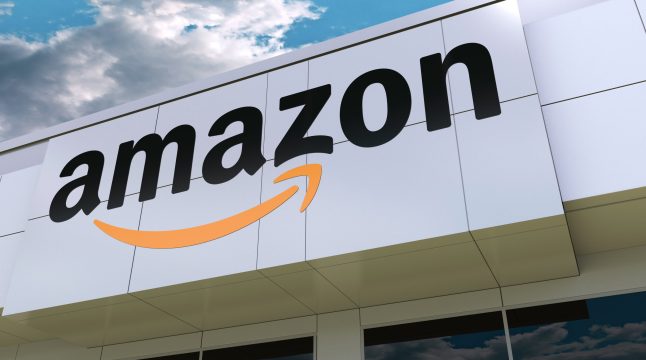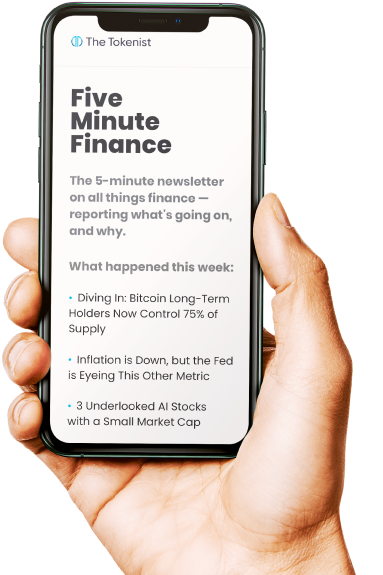
Amazon Shares Edge Up on JetBlue Partnership with Project Kuiper for Inflight Wifi
Amazon shares gained momentum in pre-market trading Thursday, rising 2.13% to $230.81 as of 8:00 AM EDT, following the announcement of a strategic partnership with JetBlue Airways to provide satellite internet service through its Project Kuiper constellation. The deal represents Amazon’s first airline customer for its ambitious low-Earth orbit satellite network, which aims to compete directly with SpaceX’s dominant Starlink service.
JetBlue will begin installing Kuiper technology on approximately 25% of its fleet starting in 2027, with full deployment expected by 2028, marking a significant validation of Amazon’s $10 billion satellite internet venture.
JetBlue Deal a Crucial Win for Amazon’s Project Kuiper
The partnership announcement comes as a crucial win for Amazon’s Project Kuiper, which has deployed 102 satellites since April and must reach 1,600 satellites in orbit by July 2026 to meet Federal Communications Commission requirements. JetBlue’s decision to adopt Kuiper technology represents a vote of confidence in Amazon’s satellite internet service, particularly as airlines increasingly compete on in-flight connectivity quality. The low-Earth orbit satellites promise high-speed, low-latency internet compared to traditional geostationary satellite networks currently used by many carriers.
JetBlue President Marty St. George emphasized that the partnership will help the airline “stay ahead of competitors” as other carriers rush to improve their Wi-Fi offerings. The technology will complement JetBlue’s existing partnership with Viasat, creating a potential multi-orbit solution combining low-Earth orbit and geostationary satellites. This strategic approach positions JetBlue to maintain its competitive edge as the first major U.S. airline to offer free Wi-Fi across its entire fleet.
The deal provides Amazon with crucial commercial validation as it prepares to begin Kuiper’s commercial service later this year. With SpaceX’s Starlink already dominating the satellite internet market with 8,000 satellites and partnerships with Hawaiian Airlines, United Airlines, and others, Amazon needed a significant airline customer to demonstrate Kuiper’s commercial viability and compete effectively in the rapidly growing in-flight connectivity sector.
Join our Telegram group and never miss a breaking digital asset story.
Amazon Shares Surge in Premarket Trading
Amazon shares closed Wednesday at $225.99, up 0.29%, before surging in pre-market trading to $230.81, representing a 2.13% gain on the partnership news. The stock has delivered mixed performance in 2025, with a modest 3.01% year-to-date return trailing the S&P 500’s 9.63% gain, though it has significantly outperformed over longer periods with a 28.22% one-year return compared to the index’s 16.63%. The company’s market capitalization stands at $2.41 trillion, supported by strong fundamentals including a 10.54% profit margin and 24.77% return on equity.
Amazon’s financial strength provides solid backing for the capital-intensive Kuiper project, with the company reporting $93.18 billion in total cash and generating $31.02 billion in levered free cash flow over the trailing twelve months. Revenue reached $670.04 billion with net income of $70.62 billion, demonstrating the financial resources needed to compete with SpaceX in the satellite internet market. The stock trades at a forward P/E ratio of 29.07, reflecting investor expectations for continued growth across Amazon’s diversified business segments.
Analysts remain optimistic about Amazon’s prospects, with recent ratings including “Strong Buy” recommendations and price targets ranging from $225 to $306. The JetBlue partnership adds another dimension to Amazon’s growth strategy beyond its core e-commerce and cloud computing businesses, potentially opening new revenue streams in the satellite internet sector as more airlines and enterprises adopt Kuiper’s services for connectivity solutions.
Disclaimer: The author does not hold or have a position in any securities discussed in the article. All stock prices were quoted at the time of writing.




